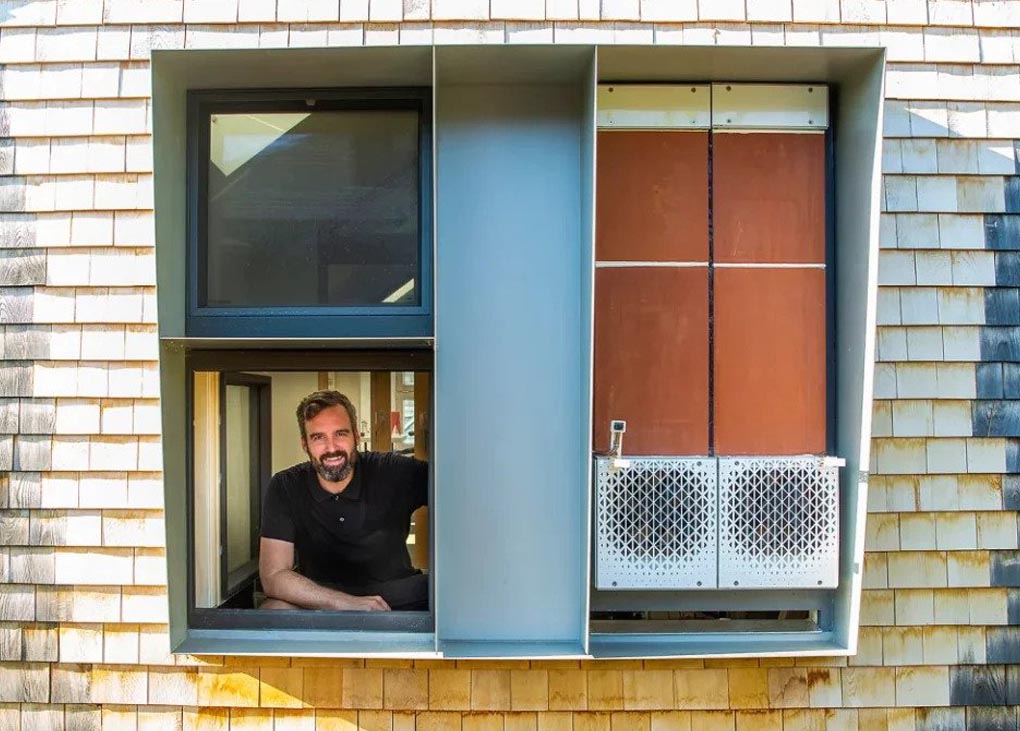A multidisciplinary team at Harvard University is working on a design for a new type of air conditioner that it says uses a fraction of the energy typically needed by current models. The device uses water in place of refrigerants.
Dubbed ColdSNAP (SNAP stands for “superhydrophobic nano-architecture process”), the design incorporates a coating that, inspired by how duck feathers stay dry, repels liquids. The team applied the coating to certain places on ceramic, and then used it in a new type of evaporative cooler, which can work in environments that aren’t always dry.
When water evaporates to cool the air, a heat-exchange component made with the coating traps the humidity, making the air flowing into a room more comfortable.
Recently, the researchers started testing the technology on humid, hot days in the Boston area, at Harvard’s experimental HouseZero. Home to several green organisations, HouseZero is a vintage structure that’s been retrofitted with technology to make it as efficient as possible.
“We’re cooling at a much higher efficiency than a typical AC unit,” says the university’s Professor Jonathan Grinham. “We’re able to achieve a cool temperature, and we’re able to do all that using less water than standards ask for.”
Because it uses less energy and is cheaper to make than conventional air conditioners, the new tech might be suited for particular areas. That is, those where electricity is expensive and customers can afford to buy an AC unit.
“We need to find the right market,” Professor Grinham says, “the right consumer.”
 Matt Dillon
Matt Dillon


Leave a Reply